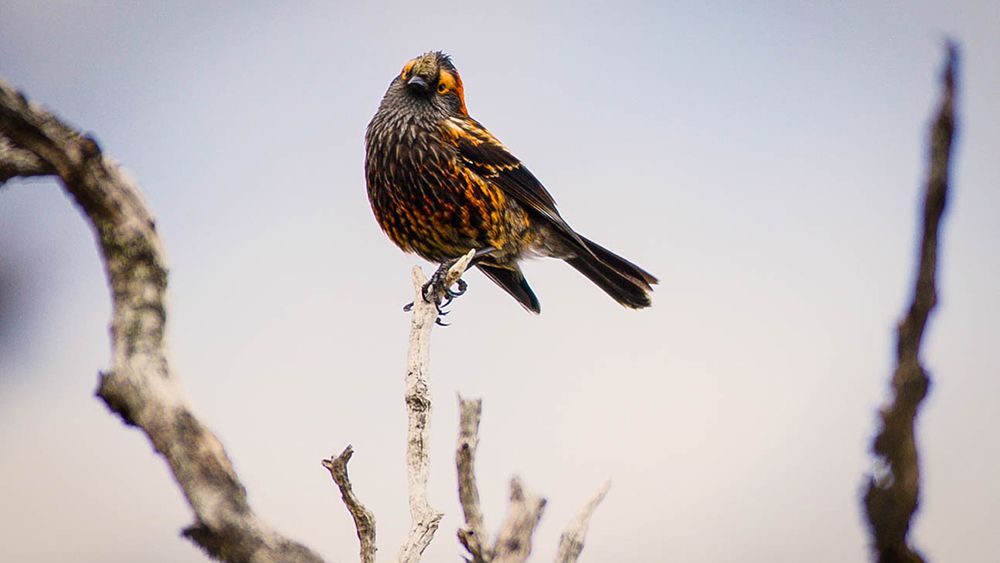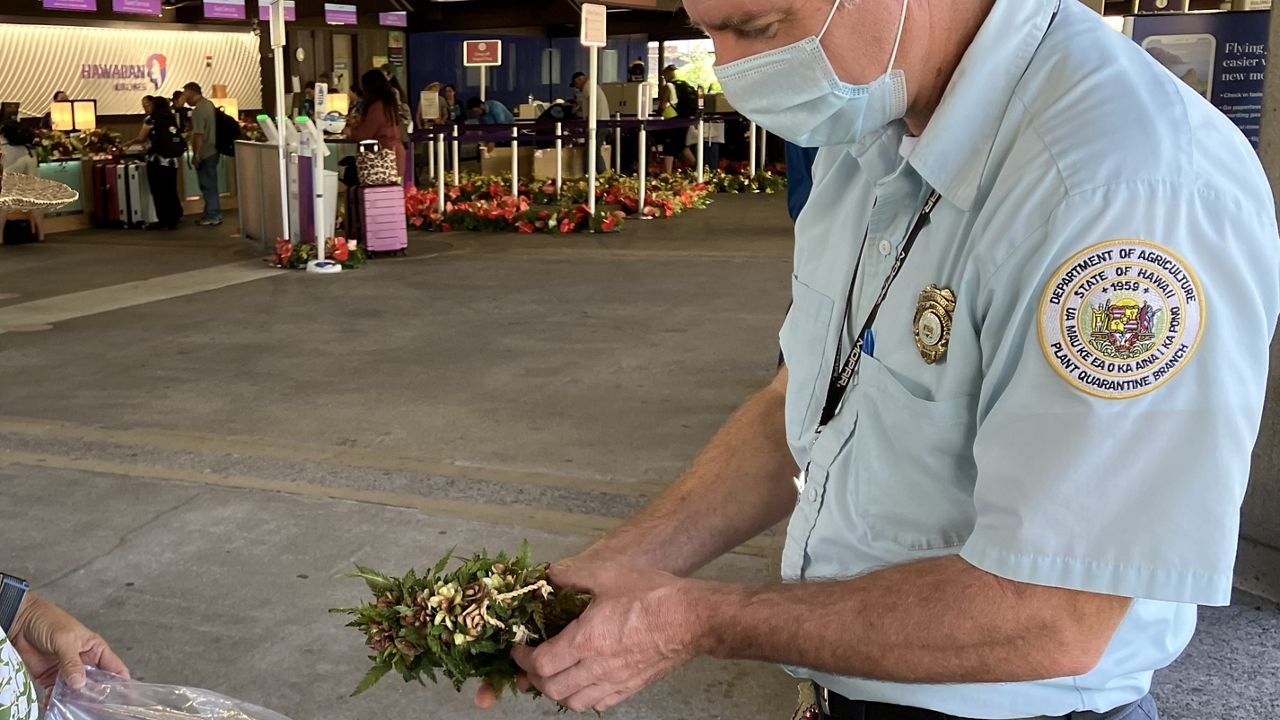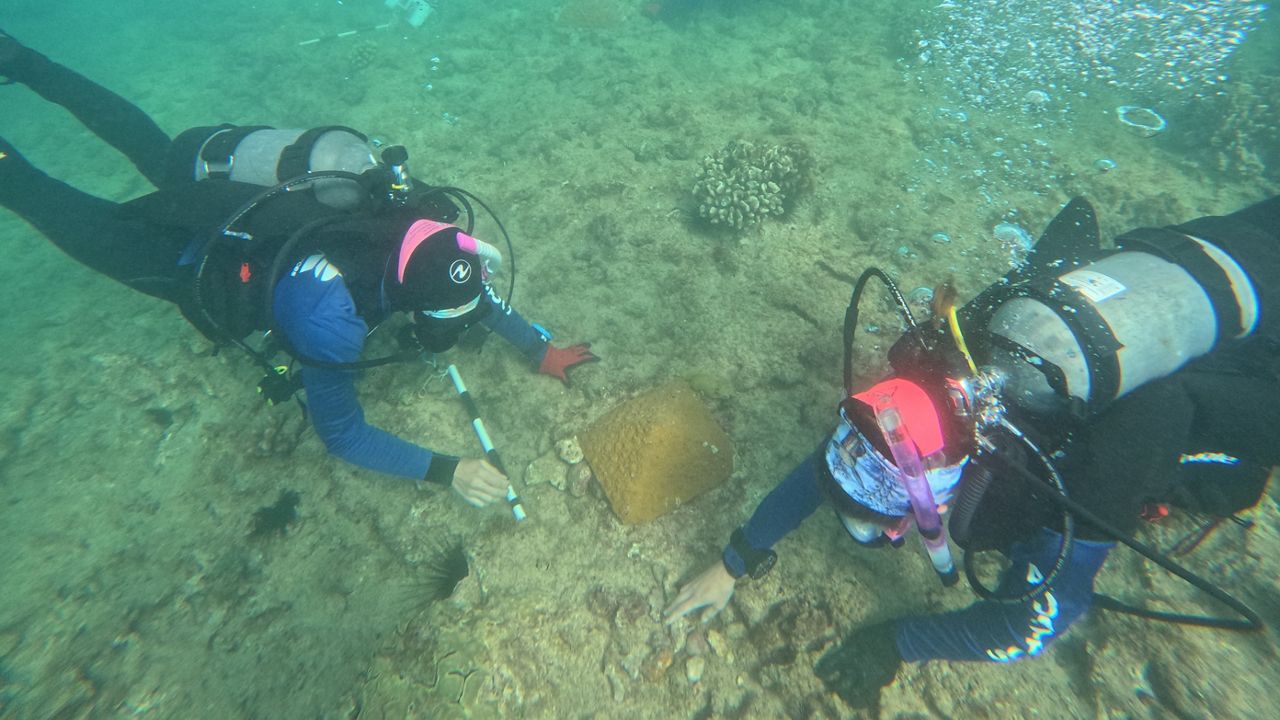HONOLULU — The state Board of Land and Natural Resources on Friday unanimously approved the Final Environmental Assessment to conduct wide-scale mosquito suppression to reduce mosquito populations in the native forests of east Maui, according to a Department of Land and Natural Resources news release.
Dense, wet forests in the higher elevations are critical forest bird habitat, and as climate change causes temperatures to rise, mosquitoes carrying avian malaria are encroaching into the upper reaches of Maui, as well as Kauai, where the last populations of endangered forest birds remain.
According to the National Library of Medicine, avian malaria is a “vector-borne disease” caused by plasmodium parasites that are transmitted via mosquito bites. The parasites are known to cause sickness or death in birds.
The goal of the project is to prevent the extinction of these birds. Avian malaria is fatal and has caused the dramatic decline of six remaining species of Hawaiian honeycreepers — iiwi, Maui alauahio, Hawaii amakihi, apapane, kiwikiu and akohekohe. The two latter species are critically endangered and disease-carrying mosquitoes have put them on the road to extinction within the next two to 10 years, according to the DLNR.
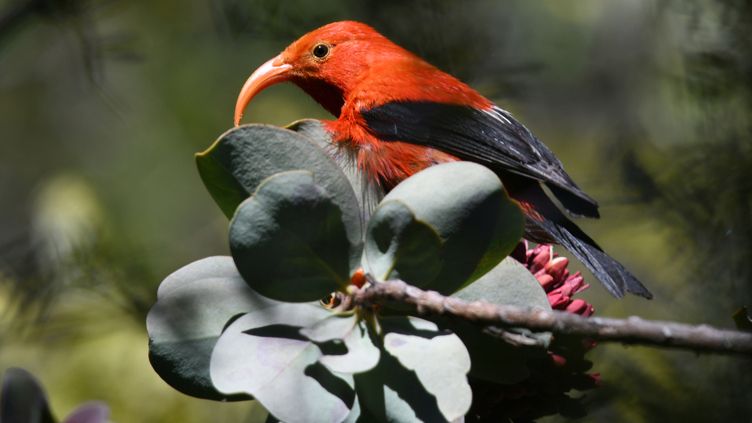
In a joint venture, the DLNR and National Park Service presented the EA that proposed the use of Incompatible Insect Technique, or IIT, a proven method to control mosquitoes. Its use has seen worldwide success in reducing populations of the southern house mosquito carrying avian malaria, resulting in lowered negative impact on human health.
The technique incorporates a naturally occurring bacteria called Wolbachia. Male mosquitoes carrying the Wolbachia bacteria are released into forests to mate with female mosquitoes. In turn, the females lay eggs that do not hatch, resulting in reduced mosquito populations. Male mosquitoes do not bite and cannot spread the disease.
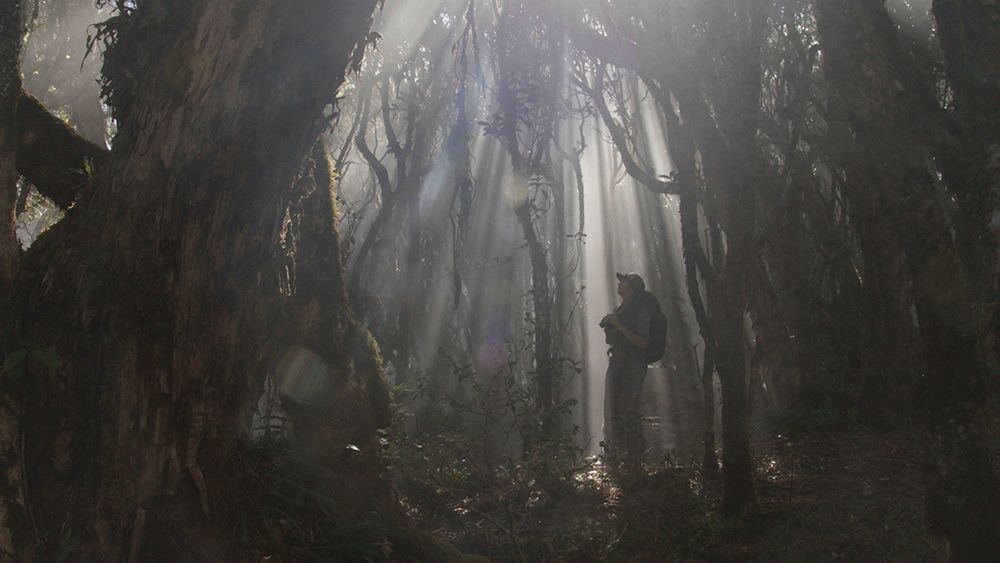
Other countries that have successfully used Wolbachia include Australia, Mexico, Singapore, Thailand, French Polynesia and others, as well as states within the U.S., such as California.
The 300-page EA assessment included potential impacts of the project covering parts of Haleakala National Park, several DLNR-managed forest reserves and private parcels in east Maui. It also considered the impact of taking no action, an analysis of the project area’s cultural resources, and addressed comments from the community from an earlier draft.
The NPS announced on March 23 it would issue a “Finding of No Significant Impact” for the project based on the EA. The announcement cleared the way for IIT use on federal lands within the project area, while Friday’s decision by BLNR allows IIT use on proposed state and private parcels.
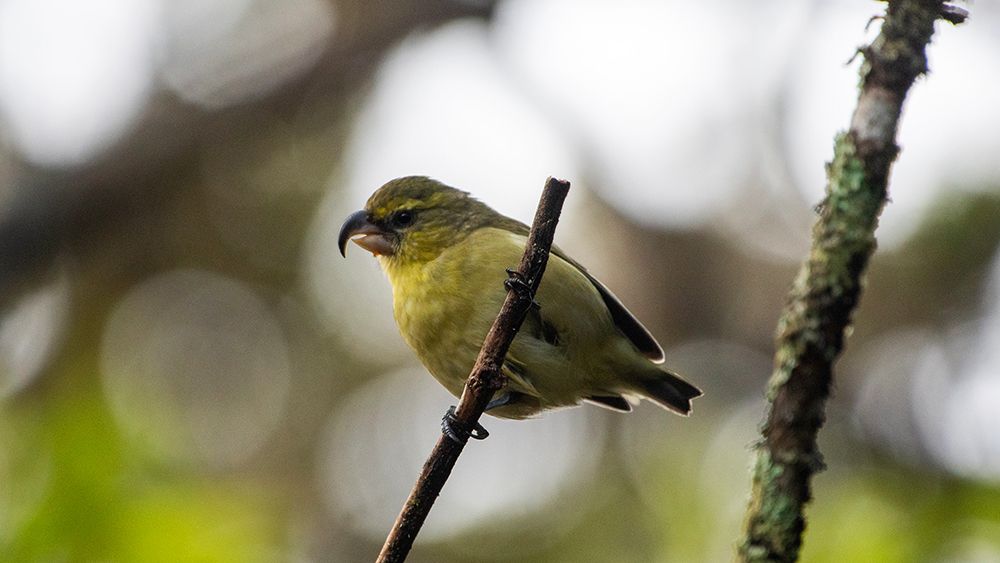
“This is an emotional issue for people,” said BLNR Chair Dawn Chang. “These birds are part of our cultural and ecological heritage, and I think everyone wants to see them protected in the right way. Whether in support or opposition, we appreciate everyone who provided their manaʻo on this topic so the board could make an informed decision on the adequacy of the EA. What we do know is that taking no action will put these valuable manu or birds at further risk of extinction.”
The use of the Wolbachia bacteria has been a topic of much discussion. So much so that during the 2023 Hawaii Invasive Species Awareness Month in February, one of the webinars was dedicated to the subject.
In a presentation by Lukanicole Zavas, outreach manager of the American Bird Conservatory, and Allison Cabrera, a field associate with the Kauai Forest Bird Recovery Project, the two responded to community concerns about Wolbachia. They clarified misconceptions about the bacteria and explained the facts — most mosquitoes already carry the bacteria; it can only live in insects and some arthropods and cannot live in mammals, fish or birds; it is not a genetically modified bacteria; the bacteria cannot spread through physical contact, an insect bite or being eaten; and it’s only passed from female mosquitos to its offspring.
A recording of the presentation is available on the Hawaii Invasive Species Council YouTube channel.
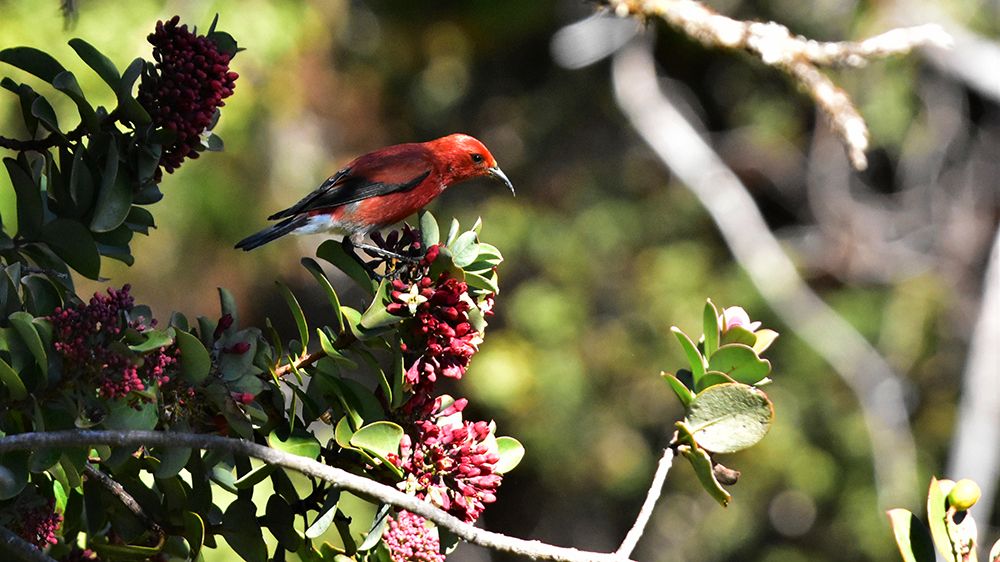
DLNR and the NPS are members of Birds Not Mosquitoes, a collaboration of state, federal and private nonprofit partners working to save Hawaiian honeycreepers from extinction. Visit the FAQ page for more information.
Sarah Yamanaka covers events, environmental and community news for Spectrum News Hawaii. She can be reached at sarah.yamanaka@charter.com.





